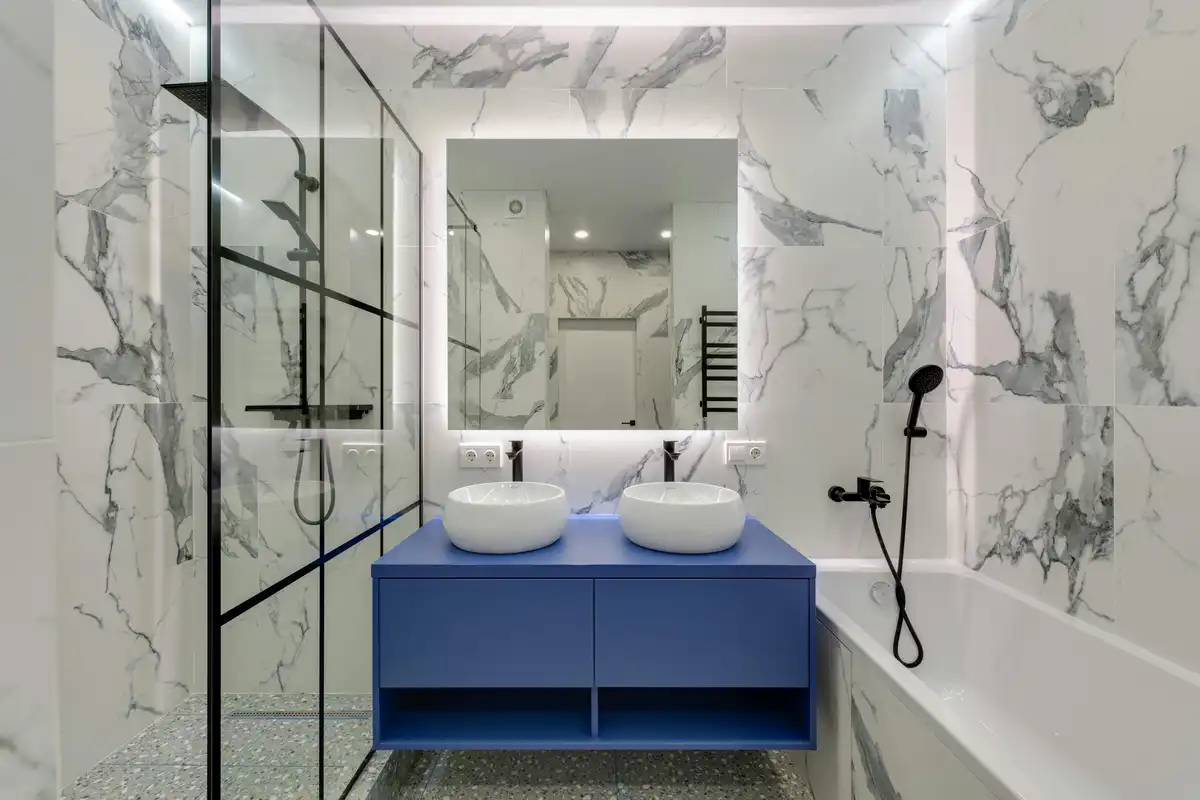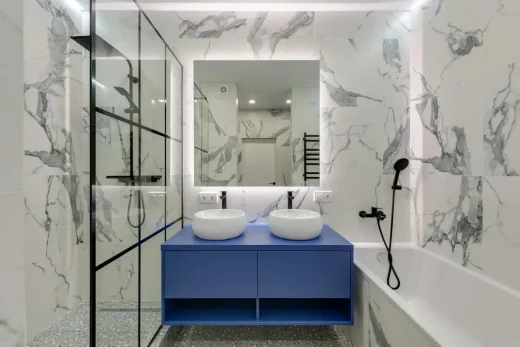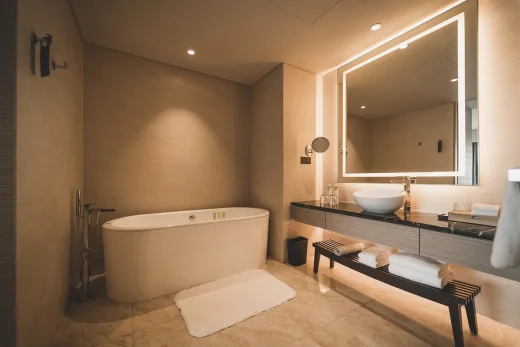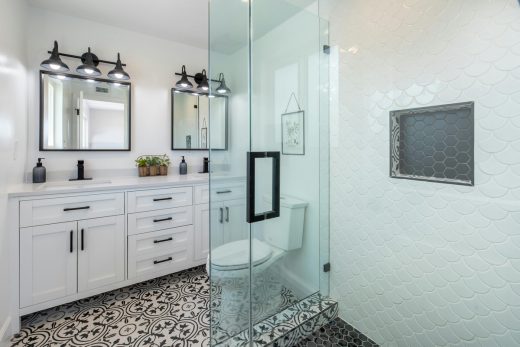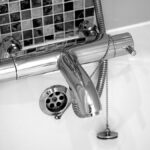How to plan a bathroom remodel at home design, House washroom style
How to Plan for a Bathroom Remodel: A Comprehensive Guide
27 November 2024
Planning a bathroom remodel is both exciting and challenging. It’s a unique opportunity to refresh your living space, increase your home’s value, and create a sanctuary tailored to your needs.
However, successful bathroom renovations require careful planning, budgeting, and execution. In this guide, we’ll walk you through the steps to plan a bathroom remodel effectively, including a discussion on bathroom renovation costs to help you make informed decisions.
Step 1: Define Your Goals
Before diving into the details, ask yourself what you want to achieve with your bathroom remodel. Do you need more functionality? Are you aiming for a luxury spa-like retreat, or do you simply want to update outdated fixtures? Identifying your primary goals will shape the entire remodeling process.
Some common goals include:
- Improving storage space.
- Enhancing lighting.
- Upgrading fixtures.
- Increasing energy efficiency.
- Adding accessibility features for aging in place.
Step 2: Establish a Realistic Budget
Understanding bathroom renovation costs is crucial to avoid financial surprises. Your budget will largely depend on the scope of the project, the materials you choose, and whether you hire professionals.
Average Bathroom Renovation Costs
- Low-range remodel: $2,500 to $7,000. This typically involves cosmetic changes like painting, replacing fixtures, and upgrading lighting.
- Mid-range remodel: $7,000 to $15,000. This may include new flooring, a new vanity, and better-quality fixtures.
- High-end remodel: $15,000 to $30,000 or more. This includes luxury materials, custom cabinetry, advanced plumbing, and high-end design elements.
Tips for Budgeting
- Allocate about 20% of your budget as a buffer for unexpected costs.
- Compare costs for DIY projects versus hiring contractors.
- Research the cost of permits and inspections in your area.
Step 3: Create a Detailed Plan
Once you’ve set your goals and budget, it’s time to outline the specifics of your remodel. A clear plan helps streamline the process and ensures nothing important is overlooked.
Layout and Design
Consider the layout of your bathroom. Will you keep the existing configuration, or do you plan to move plumbing and electrical fixtures? Major layout changes can significantly impact bathroom renovation costs, as relocating plumbing is labor-intensive.
Fixtures and Features
Make a list of the features you want to include, such as:
- Shower or bathtub (or both).
- Toilet upgrades (e.g., water-saving models).
- Vanity and countertop materials.
- Sink styles (pedestal, under-mount, or vessel).
- Flooring and wall tiles.
Ventilation and Lighting
Proper ventilation prevents mold and mildew, while good lighting enhances functionality and ambiance. Consider energy-efficient LED lights, dimmer switches, and task lighting for mirrors.
Step 4: Choose Materials Wisely
The materials you select for your bathroom remodel will greatly affect the final look and durability of the space.
Flooring
Popular options include ceramic tiles, porcelain tiles, and luxury vinyl planks, which are water-resistant and stylish. Natural stone tiles offer a luxurious feel but require more maintenance.
Countertops
Granite, quartz, and solid surface materials are durable and attractive. For a budget-friendly option, laminate countertops have come a long way in terms of design and durability.
Fixtures
High-quality fixtures last longer and add a touch of elegance. Look for features like brushed nickel or matte black finishes, and consider water-efficient models to save on utility bills.
Step 5: Hire Professionals or DIY?
Decide whether to tackle the remodel yourself or hire contractors. While DIY projects can save money, certain aspects like plumbing and electrical work are best left to professionals.
Hiring a Contractor
A contractor can manage the project from start to finish, including design, permits, and installation. Research local contractors, read reviews, and ask for referrals to find a reliable expert. Always get multiple quotes to compare bathroom renovation costs.
DIY Projects
If you’re confident in your skills, you can handle tasks like painting, installing fixtures, or laying tiles. DIY can significantly reduce labor costs but requires time and patience.
Step 6: Secure Necessary Permits
Many bathroom remodels require permits, especially if they involve structural changes, electrical work, or plumbing. Check with your local building department to determine what’s required. Failure to secure permits can lead to fines and complications when selling your home.
Step 7: Demolition and Preparation
Before construction begins, prepare your bathroom by removing old fixtures, cabinets, and flooring. Protect adjacent areas with plastic sheeting to minimize dust and debris.
If you’re hiring professionals, they’ll typically handle this step. If not, ensure you have the proper tools and safety gear for demolition.
Step 8: Focus on Plumbing and Electrical Work
These foundational tasks should be completed before any finishes are installed. This includes moving plumbing lines, updating electrical wiring, and installing new outlets or switches.
Hiring licensed professionals for these tasks ensures they meet building codes and work safely.
Step 9: Install Fixtures and Features
With the foundational work complete, it’s time to bring your vision to life. Install the vanity, sink, toilet, shower, or bathtub. Ensure all fixtures are securely in place and properly sealed to prevent water damage.
Pro Tip:
Take your time with tiling and grouting. Proper alignment and sealing are key to achieving a professional finish.
Step 10: Final Touches and Cleanup
Once all major elements are installed, focus on the finishing touches. Add accessories like towel bars, mirrors, and decorative elements to personalize your space.
After everything is in place, clean thoroughly to remove dust and debris. A clean bathroom allows you to spot any imperfections and address them before finalizing the project.
Maximizing Your Investment
A well-executed bathroom remodel can offer a significant return on investment. To maximize value:
- Choose timeless designs and neutral color palettes.
- Opt for energy-efficient and water-saving fixtures.
- Maintain high-quality craftsmanship.
Whether you’re planning a simple refresh or a complete overhaul, proper planning and attention to bathroom renovation costs ensure a smooth and rewarding experience. By following these steps, you’ll create a beautiful, functional space that meets your needs and enhances your home’s value.
Happy remodeling!
Comments on this Comprehensive Guide to How to plan a bathroom remodel at home article are welcome.
Bathrooms
Bathrooms Posts
Bathroom Flooring Best Options Guide
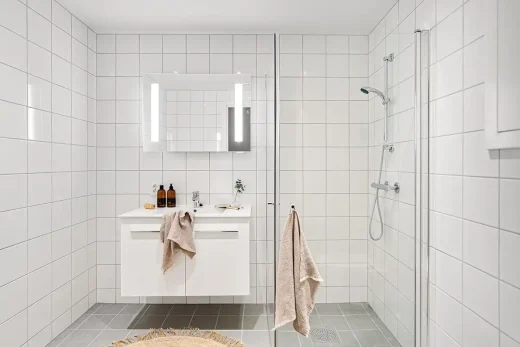
Top ways to upgrade and update your bathroom
Buildings
Residential Architecture Articles – selection:
Comments / photos for the How to plan a bathroom remodel at home page welcome.

